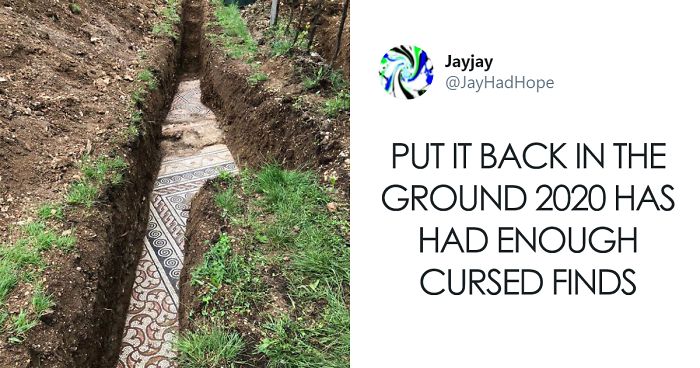
‘Could Be This Year’s Biggest Find’: Ancient Roman Mosaic Floor Uncovered In Verona
InterviewWhen it seems like everything’s down and 2020 hasn’t got much to offer in the good news department, fortune is suddenly back on our side. The past twenty-four hours have brought our times an ancient treasure which is said to be one of the biggest archaeological discoveries of the year.
Italian archaeologists have discovered a breathtaking Roman mosaic floor in the Valpolicella region in the Verona province of Italy. Hidden just underneath a vineyard, “the mosaics dating back to the first century after Christ were found in excellent condition,” reported the local news source. The historian Myko Clelland helped to spread the breaking news on social media with his now-viral tweet just 14 hours ago. The post has now got a whopping 266K likes and 58K retweets—and counting!
So let’s take a look at this beautiful piece of history below which has scored humanity some solid karma points in a tiring battle against the bad news.
Historian Myko Clelland shared the news about the mind-blowing discovery and it went viral on Twitter
Image credits: DapperHistorian
Bored Panda contacted Myko Clelland, the historian who shared the news on Twitter, to ask him about the importance of this mosaic. Although discoveries like this occur more often than you might imagine, Myko said that “it’s rare to find something in such good condition and so complete.” “Usually,” he continued, “man and nature have taken their course and parts may be missing or damaged.”
The uncovering of the mosaic work was done by the Soprintendenza di Verona, an organization “who have been tirelessly working to showcase some of the most tantalizing remnants of the ancient past in the area.” Myko said that he’s got a family in Verona “who showed me what they were working on and how magnificent what they have discovered is, and I just had to share it with the world—they deserve all the credit.”
And people got rightly confused by how such treasure could get buried underneath the soil
Image credits: Smokesniper
Image credits: DapperHistorian
Image credits: DWMcAliley1791
Image credits: DapperHistorian
Image credits: Smokesniper
Image credits: gray
Image credits: DapperHistorian
It’s a natural process that things become covered over time and nature reclaims them. Myko commented: “Soil and leaves can cover them, floods can bring silt and water, or dust settles on them.”
Of course, it’s not only nature that’s responsible for that. “People have a habit of often building in the same locations and on top of their previous efforts—they might build over the foundations of old buildings or atop their ruins.” That means that things like this mosaic slowly become buried over time.“
There are parts of old Mesopotamia, for example, that have hills in areas that should be entirely flat,” Myko said. These are actually the remains of entire towns, where residents built layer after layer until the whole thing became meters tall.
Image credits: JayHadHope
This Twitter user has shared another impressive ancient finding
Image credits: elliezwart
Image credits: jdotshack
Image credits: Caro1Graham
Image credits: DapperHistorian
As for the future, there may be many more discoveries like this in our lifetime. “They may not all be as beautiful as this one, but each one can connect us to the world of our ancestors, which makes every find absolutely priceless.
Others were amazed by how people still find ancient treasures like this
Image credits: mintaburst
Image credits: halagoo
Image credits: DapperHistorian
Image credits: fd_x
Image credits: DapperHistorian
Image credits: SavMoney1point0
Image credits: JPTBus
Image credits: seize_yr_moment
Image credits: Pinkie525
Image credits: xtrixcyclex
Image credits: afclhoratio
And these commentators wasted no time to crack a joke
There's a bit of drool coming out the side of my mouth right now. As to the question of how these things get buried, imagine all the food you eat and all the things you use in your house which get broken and thrown in the trash. There was no trash dump in most towns. All this waste just got put in the garden and the ground level increased. Often houses themselves had lots of rotting timber and decaying mud walls by the time they were abandoned. When the house was replaced, it was easier to bury it and build again at street level than at the old level. You can see very old houses today that are below street level. The alternative was the plot was abandoned and then a farmer ploughed the site into a field, churning the accumulated piles of dirt level over the old foundations.
There is a good number of very impressive antique mosaic floors that survived the millenia actually. Half the floors in the Vatican are ancient mosaic floors, I discovered.
Oh my god! Oh my god!! I’m going to geek out in another hour or two after I’ve had my coffee.
There's a bit of drool coming out the side of my mouth right now. As to the question of how these things get buried, imagine all the food you eat and all the things you use in your house which get broken and thrown in the trash. There was no trash dump in most towns. All this waste just got put in the garden and the ground level increased. Often houses themselves had lots of rotting timber and decaying mud walls by the time they were abandoned. When the house was replaced, it was easier to bury it and build again at street level than at the old level. You can see very old houses today that are below street level. The alternative was the plot was abandoned and then a farmer ploughed the site into a field, churning the accumulated piles of dirt level over the old foundations.
There is a good number of very impressive antique mosaic floors that survived the millenia actually. Half the floors in the Vatican are ancient mosaic floors, I discovered.
Oh my god! Oh my god!! I’m going to geek out in another hour or two after I’ve had my coffee.

 Dark Mode
Dark Mode 

 No fees, cancel anytime
No fees, cancel anytime 






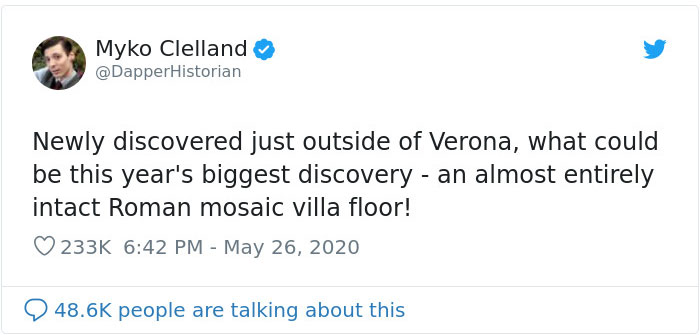

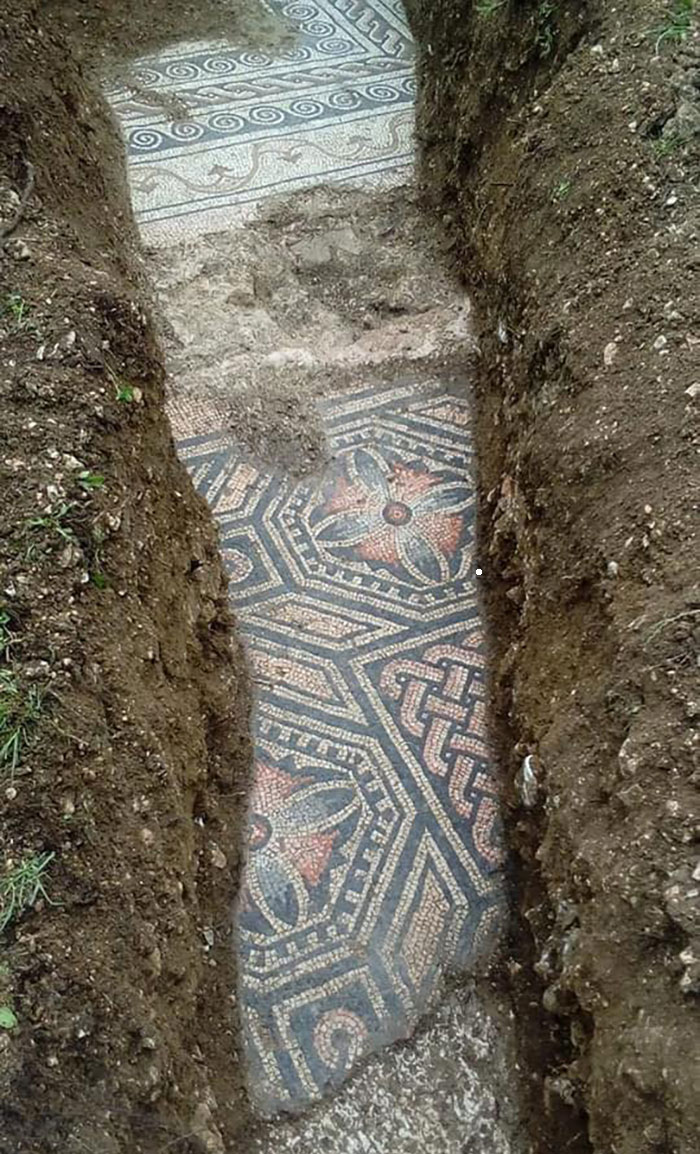
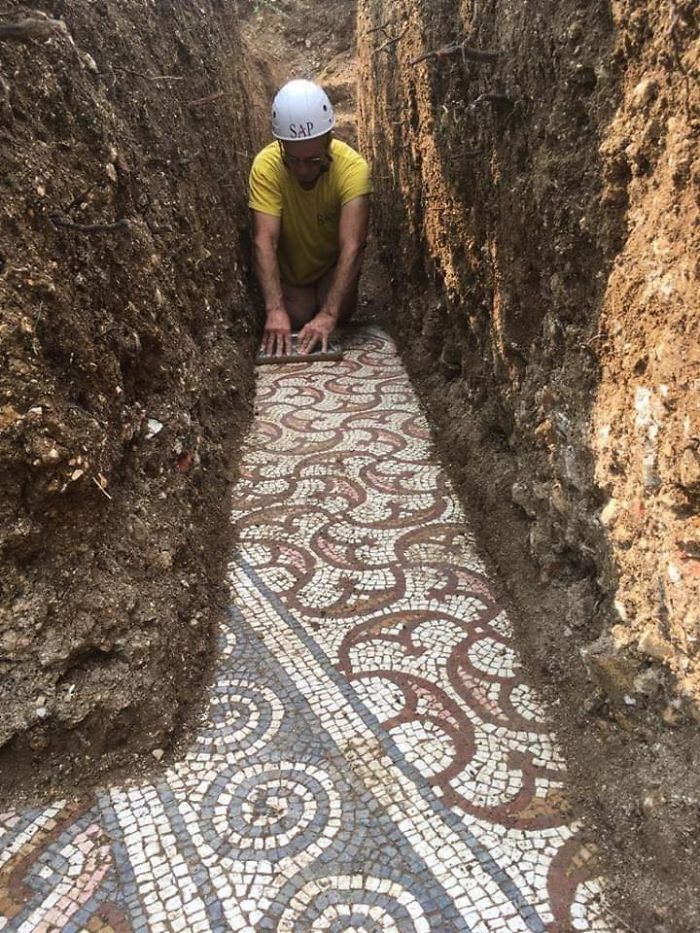
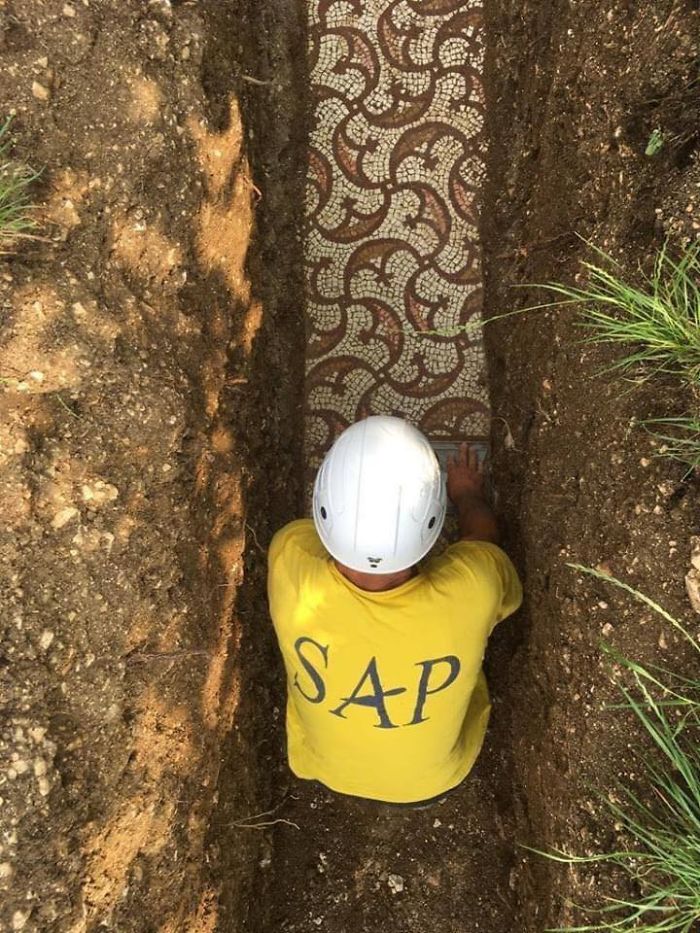

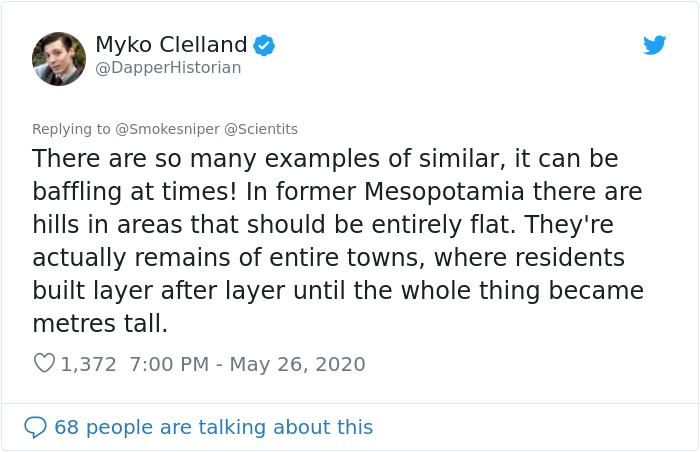
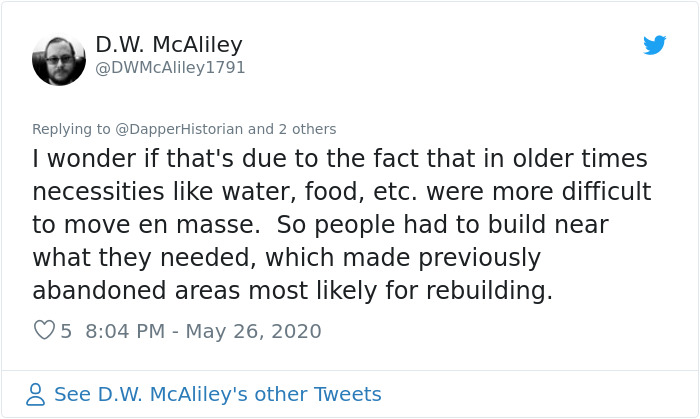
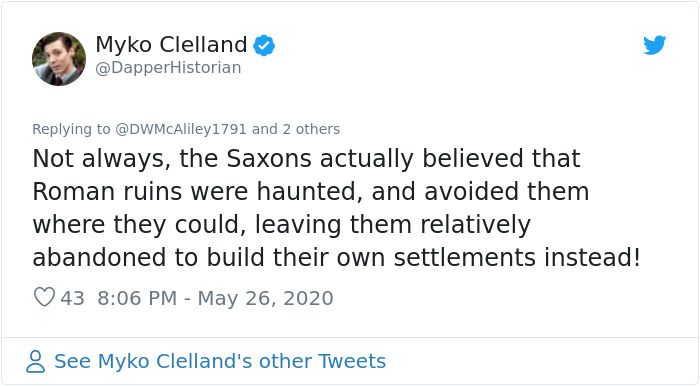
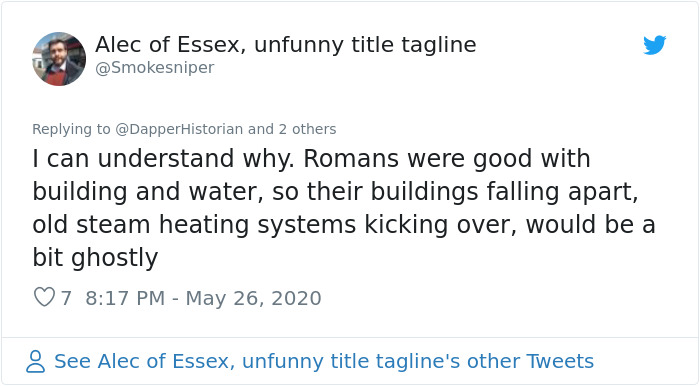

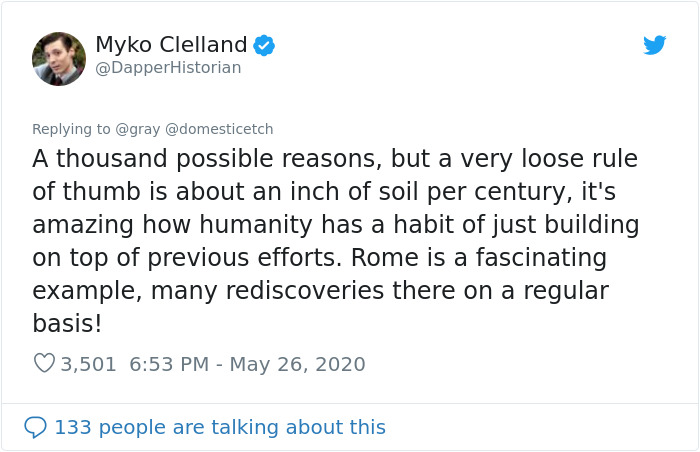

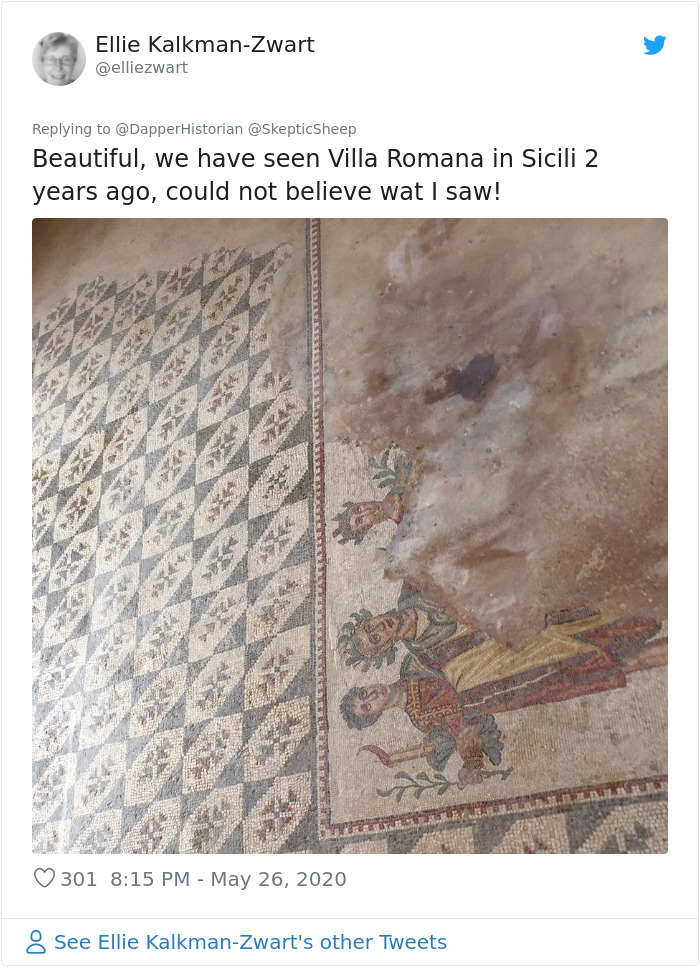





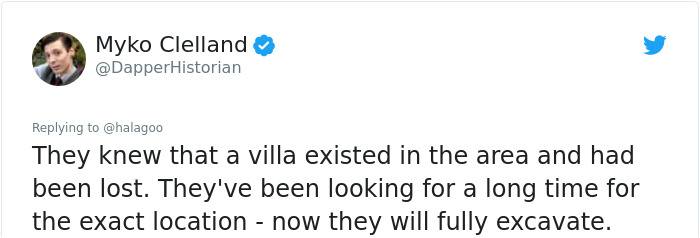
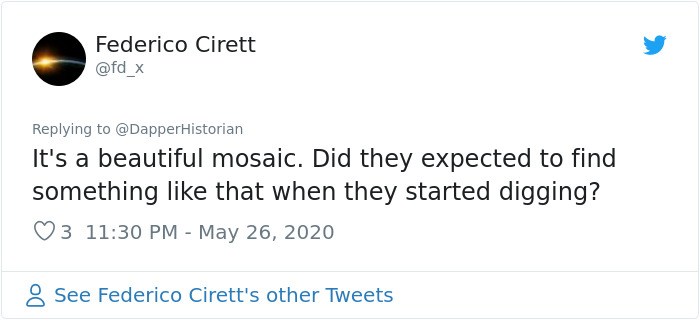
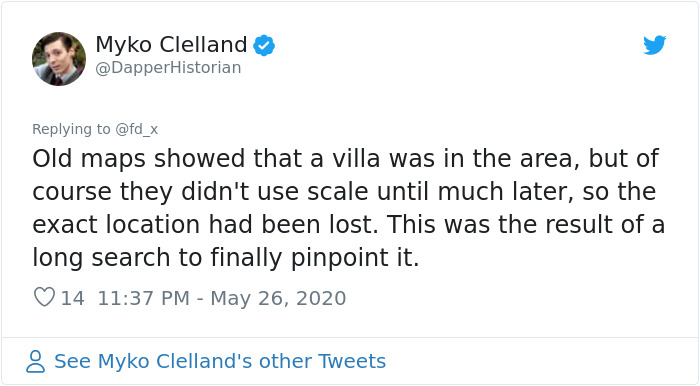
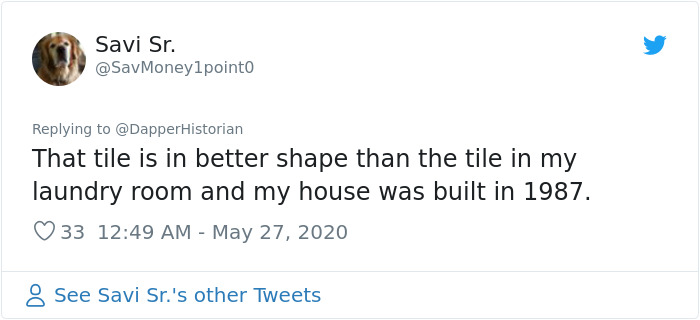








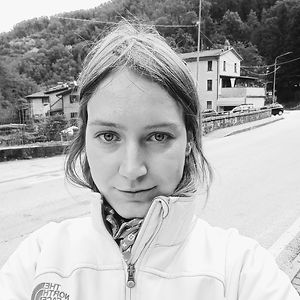












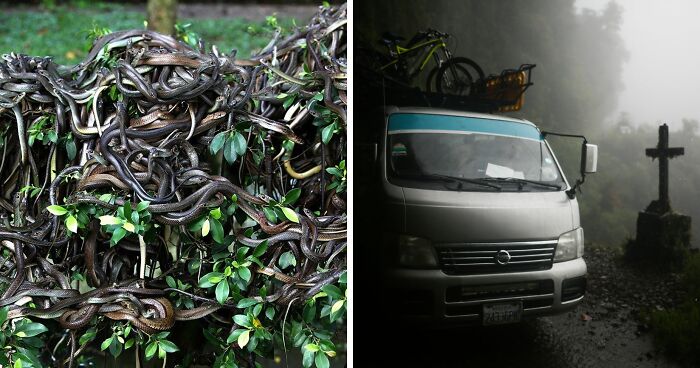






























295
18